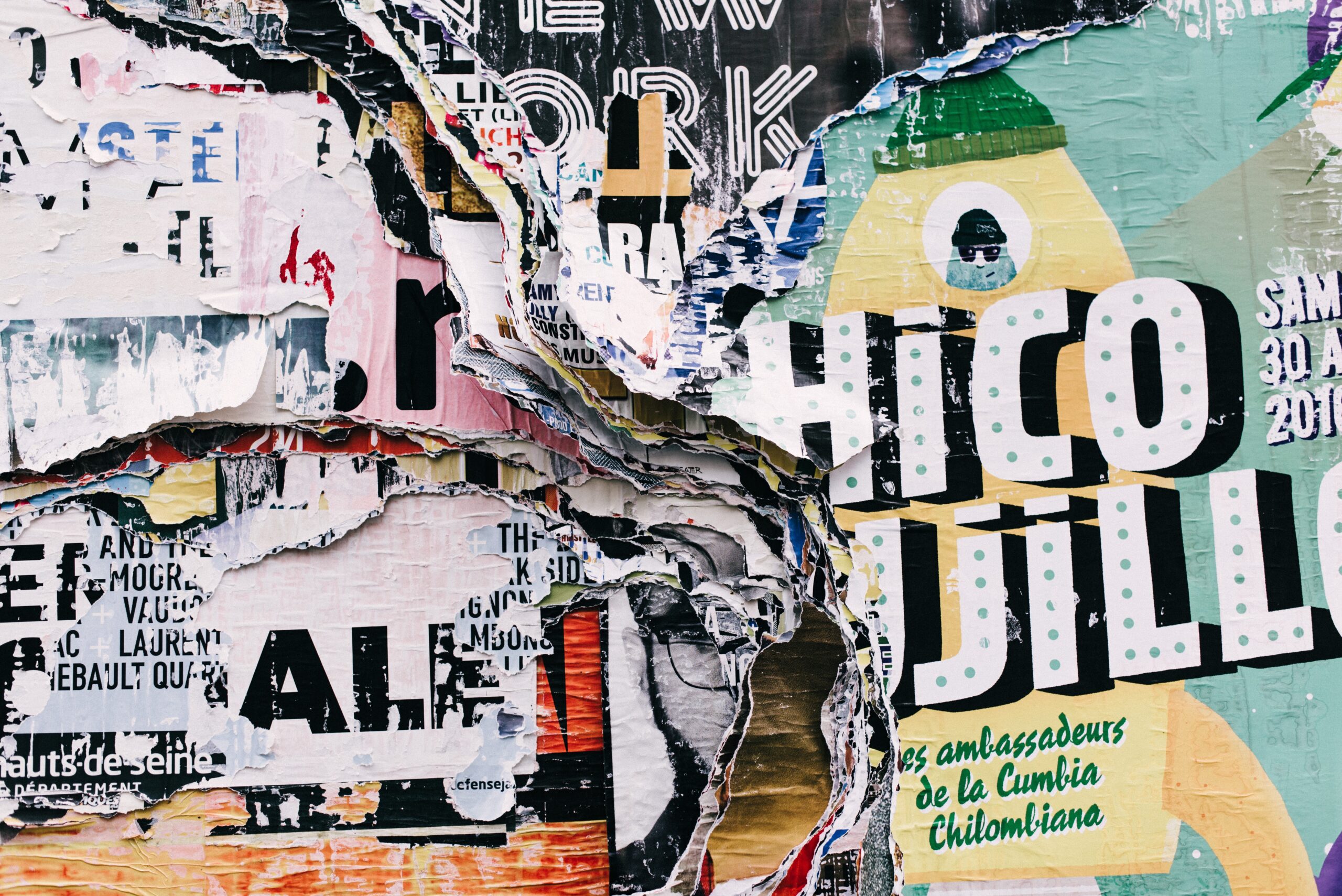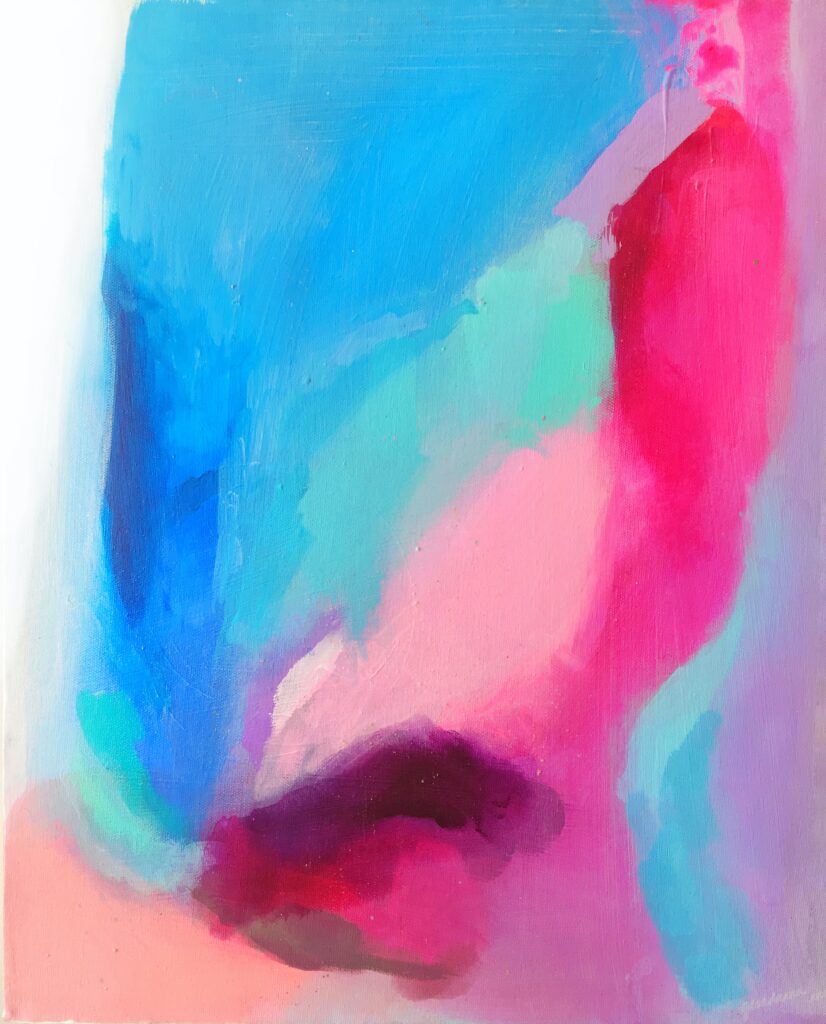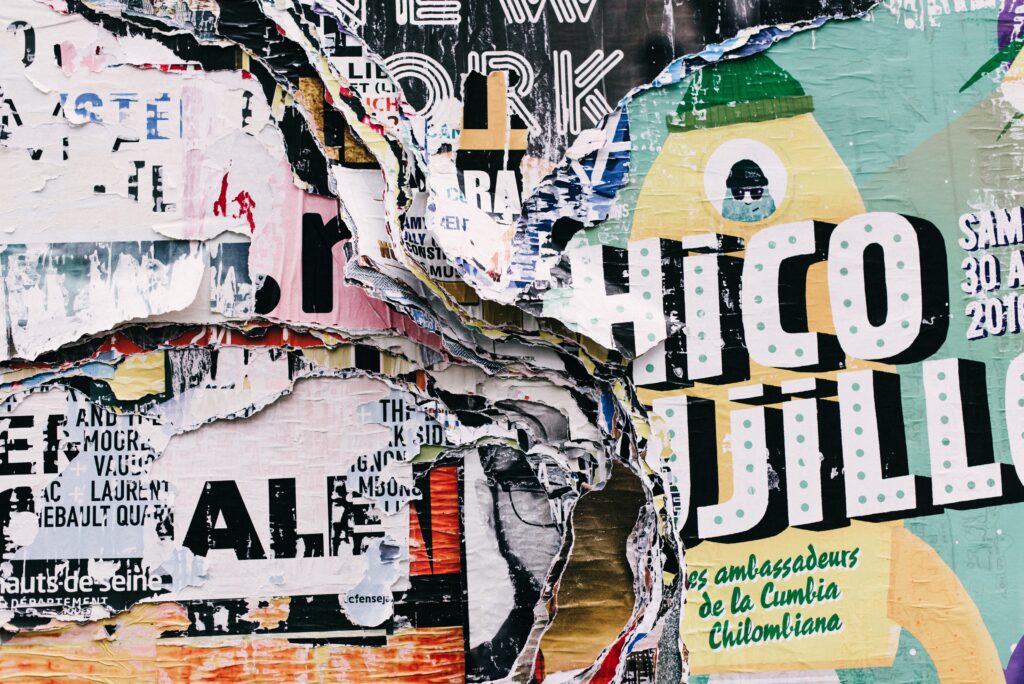
Imagine a world where art is no longer limited to human creativity, but instead is enhanced by artificial intelligence. Welcome to the next level of AI-generated art, where machines create stunning and captivating masterpieces that surpass the boundaries of human imagination. From breathtaking paintings to mesmerizing sculptures, this groundbreaking technology is revolutionizing the art world, offering a fusion of human and machine ingenuity like never before. Say goodbye to traditional artistic limitations and prepare to be amazed as AI takes center stage in the realm of artistry.
What is AI-Generated Art?
Definition
AI-Generated Art refers to artwork that is created or enhanced with the use of artificial intelligence technologies. It involves the use of algorithms and machine learning techniques to produce visual arts, music, poetry, and other forms of creative expression. Through the analysis of vast amounts of data, AI systems can generate novel and unique artworks that often challenge traditional notions of creativity and human authorship.
Evolution
The development of AI-Generated Art can be traced back to the 1960s, when computer-generated images and music started to gain attention. However, it was not until recent advancements in technology and the availability of large datasets that AI truly began to revolutionize the field of art. In the past decade, significant progress has been made in the application of AI algorithms, such as Generative Adversarial Networks (GANs) and Neural Style Transfer, to generate and transform visual and auditory content.
Impact on the Art World
The emergence of AI-Generated Art has had a profound impact on the art world. It has sparked both excitement and debate among artists, critics, and art enthusiasts. The integration of AI into the artistic process has revolutionized traditional artistic techniques and expanded the possibilities for creative expression. Artists now have access to powerful tools that can aid in the generation of innovative ideas and unique aesthetics. AI has also challenged the traditional role of the artist as the sole creator, raising questions about the nature of creativity and the definition of art.
Benefits of AI-Generated Art
Unlimited Creativity
One of the main advantages of AI-Generated Art is its ability to deliver unlimited creativity. AI algorithms can generate endless variations of artistic styles and compositions, exploring possibilities that may have been otherwise inaccessible to human artists. By learning from vast datasets, AI systems can incorporate diverse influences and generate novel combinations that push the boundaries of artistic expression. This opens up new avenues for exploration, innovation, and the discovery of uncharted artistic territories.
Efficiency and Time-saving
AI-Generated Art can significantly improve efficiency and save time in the artistic process. With the help of AI tools, artists can automate repetitive tasks, such as generating background elements or creating complex textures. This allows artists to focus more on the conceptualization and experimentation stages of their work, ultimately leading to increased productivity and faster turnaround times. Additionally, AI algorithms can help artists in the editing and refining of their artworks, providing instant feedback and suggestions for improvement.
Accessibility and Inclusivity
AI-Generated Art has the potential to make art more accessible and inclusive to a diverse range of individuals. Traditional art creation often requires years of training and skill development, limiting access to only a select few. However, AI algorithms can democratize the artistic process by providing user-friendly interfaces and tools that enable anyone to create art. This empowers individuals who may not have had prior artistic training or resources to express themselves and participate in the creative process.

Exploring AI Art Techniques
Generative Adversarial Networks (GANs)
Generative Adversarial Networks, or GANs, are a popular AI technique used in the creation of AI-Generated Art. GANs consist of two neural networks: a generator and a discriminator. The generator creates new content based on a given input, while the discriminator evaluates the authenticity of the generated content. Through an iterative process of learning and feedback, GANs can generate highly realistic and visually appealing artworks that imitate different styles, genres, and even specific artists.
Style Transfer
Style Transfer is another technique commonly used in AI art. It involves the merging of two different artistic styles to create a new and unique composition. Through deep learning algorithms, style transfer techniques can extract the style from one image and apply it to another, resulting in a fusion of artistic characteristics and aesthetics. This technique allows artists to experiment with combinations of styles, creating visually striking and thought-provoking artworks.
Neural Style Transfer
Neural Style Transfer extends the concept of style transfer by utilizing pre-trained neural networks to generate novel compositions. By extracting and combining features from multiple images, neural networks can create visually stunning and surreal artworks that blend the styles of various artists or artistic eras. This technique offers artists a powerful tool for exploring new aesthetic possibilities and pushing the boundaries of visual expression.
Applications of AI-Generated Art
Fine Art
AI-Generated Art has found its place in the realm of fine art, with AI-generated artworks being exhibited and sold in galleries and museums. These artworks challenge traditional notions of human authorship and provide a fresh perspective on the creative process. Artists and collectors value the unique and uncanny nature of AI-generated artworks, which often offer novel interpretations and visual experiences. AI also offers artists new approaches to artistic collaboration, as it can provide inspiration, generate ideas, or even collaborate directly in the artistic process.
Digital Media
AI-Generated Art has made a significant impact on the world of digital media. From video games to virtual reality experiences, AI algorithms are used to create realistic and visually stunning graphics, environments, and characters. AI also plays a crucial role in animation, where it can automate the movement and behavior of characters, resulting in more lifelike and immersive digital experiences. Additionally, AI-powered image and video editing tools have made it easier for creators to manipulate and enhance their digital content.
Advertising and Marketing
AI-Generated Art has also found applications in the fields of advertising and marketing. By analyzing vast amounts of data, AI algorithms can generate personalized advertisements and marketing materials that better resonate with target audiences. AI-powered tools can also help companies create visually appealing and attention-grabbing designs for their products and campaigns. Moreover, AI can assist in the creation of interactive and engaging experiences, such as chatbots and virtual assistants, that enhance customer interactions and brand engagement.

The Role of Human Input in AI Art
AI as a Tool for Artists
Despite its capabilities, AI should be seen as a tool to augment an artist’s creativity rather than replace it. Human input remains crucial in the creation of AI-generated art. Artists bring their unique perspectives, emotions, and intentions to the artistic process, guiding and shaping the output of AI algorithms. By leveraging AI technologies, artists can explore new ideas, experiment with different styles and techniques, and overcome technical barriers. AI serves as a collaborator and facilitator, contributing to the creative process without diminishing the importance of human artistic expression.
Collaboration between AI and Artists
Collaboration between AI and artists is an emerging practice that has yielded fascinating results. Many artists are actively engaging with AI technologies, using them as tools to inspire, challenge, and extend their artistic capabilities. Artists experiment with AI algorithms, adapt them to their needs, and combine them with traditional artistic approaches. By collaborating with AI systems, artists can create hybrid artworks that blur the boundaries between machine and human creativity, resulting in new and exciting artistic expressions.
Ethical Considerations of AI-Generated Art
Authenticity and Copyright
The authenticity and copyright of AI-generated artworks raise ethical concerns. When AI algorithms produce artworks, questions arise as to who should be attributed as the author or owner of the piece. Should it be the artist who trained the AI system, the developers who created the algorithm, or the AI system itself? These questions challenge the traditional concepts of artistic authorship and intellectual property rights, and there is a need to establish new frameworks and regulations to address these concerns in the art world.
Ownership and Attribution
AI-generated artworks can also raise questions about ownership and attribution. Since AI systems learn from vast datasets, they may inadvertently incorporate copyrighted or proprietary material into their outputs. This raises concerns about potential legal issues and the responsibility of artists and AI developers to ensure that AI-generated artworks respect intellectual property rights. Clear guidelines and ethical considerations are necessary to navigate this complex landscape and uphold the rights of both creators and original content owners.
Impact on Traditional Artistic Processes
The rise of AI-Generated Art has also raised questions about the impact on traditional artistic processes. While AI can automate certain tasks and generate new ideas, it may lead to a devaluation of the craftsmanship and skills that have been historically associated with traditional art forms. AI-generated artworks may lack the depth of emotional engagement and human touch that is often appreciated in traditional art. Striking a balance between AI and human creativity is crucial to preserve the authenticity and value of traditional artistic practices.

Challenges and Limitations of AI-Generated Art
Lack of Emotional Connection
One of the main challenges of AI-Generated Art is the perceived lack of emotional connection. While AI algorithms can produce visually stunning and technically impressive artworks, they may struggle to evoke the same emotional responses and depth of meaning that human-created art often elicits. The ability to express complex emotions, personal experiences, and cultural narratives through art remains a unique and fundamental aspect of human artistic expression.
Repetition and Homogeneity
AI-generated artworks can also suffer from repetition and homogeneity. AI algorithms are trained on existing datasets, which may result in biases and preferences that limit the diversity of artistic outputs. Without careful curation and input from artists, AI-generated art runs the risk of becoming formulaic or derivative, lacking the originality and ingenuity often associated with human artistic creativity. Ensuring diversity and fostering creative exploration within AI systems are ongoing challenges that need to be addressed to overcome such limitations.
Dependency on Data and Algorithms
AI-Generated Art is heavily dependent on the quality and quantity of data used to train the algorithms. Without access to diverse and representative datasets, AI systems may struggle to produce meaningful and relevant artistic outputs. Furthermore, the algorithms themselves can introduce biases and limitations, as they are based on predefined rules and patterns. Ensuring that AI systems are trained on unbiased and inclusive datasets, while allowing for adaptability and flexibility, is essential to overcome limitations and create truly innovative and diverse AI-generated artworks.
AI Artists vs. Human Artists
Exploring the Differences
When comparing AI artists with human artists, fundamental differences emerge. AI-generated art is the product of algorithms and computational processes, while human art is rooted in emotions, personal experiences, and cultural contexts. Human artists possess the ability to make conscious choices, infused with their subjective interpretations and intentions, which adds depth and authenticity to their work. AI, on the other hand, lacks consciousness and leans towards creating art based on patterns and statistically relevant associations. Understanding and appreciating these differences is critical to grasp the unique contributions of both AI and human artists.
AI as a Tool for Human Artists
Rather than replacing human artists, AI has the potential to be a valuable tool for artistic exploration and expression. Through AI technologies, artists can augment their creativity, access new resources, and experiment with different styles and techniques. AI can inspire artists, provide new perspectives, and assist in the realization of their artistic visions. Furthermore, AI can help artists overcome technical barriers and streamline repetitive tasks, allowing them to focus on the essence of their artistic practice. Ultimately, AI can serve as a catalyst for human creativity, amplifying and expanding the possibilities of artistic expression.
Critiques and Controversies Surrounding AI Art
Devaluation of Traditional Art
One critique often raised against AI-Generated Art is the potential devaluation of traditional art forms. Some argue that the presence of AI-generated artworks in galleries and museums may overshadow or devalue the artistic craftsmanship, cultural heritage, and emotional depth associated with traditional art practices. While AI-Generated Art has its own unique merits, it is essential to preserve and appreciate the diversity of artistic expressions and the rich cultural heritage that traditional art represents.
Fear of Job Displacement
The fear of job displacement is another concern associated with AI-Generated Art. Some worry that as AI algorithms and tools become more sophisticated, they may replace human artists in various artistic fields. However, it is important to recognize that AI is not intended to replace human artists but rather to augment their creativity and expand their capabilities. AI can be seen as a collaborator and facilitator in the artistic process, empowering artists to explore new ideas, enhance their skills, and produce innovative artworks.
Ethical Concerns on AI Creation
Ethical concerns related to the creation and use of AI algorithms for art arise from issues such as bias, privacy, and the potential misuse of AI technologies. AI algorithms can inherit biases from the datasets they are trained on, leading to biased or discriminatory outputs. Additionally, the collection and use of personal data for the generation of AI-generated art raise concerns about privacy and consent. Transparency, accountability, and responsible development and use of AI technologies are crucial to address these ethical concerns and ensure the ethical and responsible deployment of AI-Generated Art.
The Future of AI-Generated Art
Advancements in AI Technology
The future of AI-Generated Art holds great potential for advancements in AI technology. As AI algorithms continue to evolve, they will become more sophisticated, capable of producing even more realistic and innovative artworks. Advancements in machine learning, computer vision, and natural language processing will enhance the creative abilities of AI systems, enabling them to generate and transform art across various modalities with increasing fidelity and complexity. The development of AI tools specifically designed for artists will also facilitate the integration of AI into the artistic workflow and enhance the collaboration between artists and AI systems.
New Possibilities for Artistic Expression
AI-Generated Art opens up new possibilities for artistic expression. The fusion of human creativity and AI algorithms can lead to the creation of artworks that transcend traditional artistic genres and styles. Through AI techniques such as GANs, style transfer, and neural style transfer, artists can experiment with combinations of styles, challenge traditional artistic boundaries, and create visually stunning and conceptually meaningful compositions. AI can also enable artists to explore new mediums and interactive experiences, blurring the lines between art and technology, and engaging audiences in innovative and immersive ways.
Integration into Various Industries
The integration of AI-Generated Art into various industries will continue to expand. AI algorithms can enhance the visual and auditory aspects of industries such as gaming, filmmaking, advertising, and marketing, creating more immersive and engaging experiences for consumers. In the field of design and architecture, AI can assist in the creation of aesthetically pleasing and functional objects and structures. Moreover, the integration of AI art tools into educational settings can empower students and educators to explore creativity, critical thinking, and interdisciplinary approaches to problem-solving.
In conclusion, AI-Generated Art has emerged as a transformative force in the art world, challenging traditional notions of creativity, authorship, and artistic expression. It offers benefits such as unlimited creativity, efficiency, and accessibility, while also posing ethical considerations and limitations. AI should be seen as a tool to augment rather than replace human artists, enabling them to push the boundaries of artistic expression and explore new creative territories. As AI technology continues to advance, new possibilities for artistic expression and its integration into various industries will continue to shape the future of AI-Generated Art. Embracing this technology with careful consideration and responsible practices will help foster a vibrant and diverse artistic landscape for the future.



